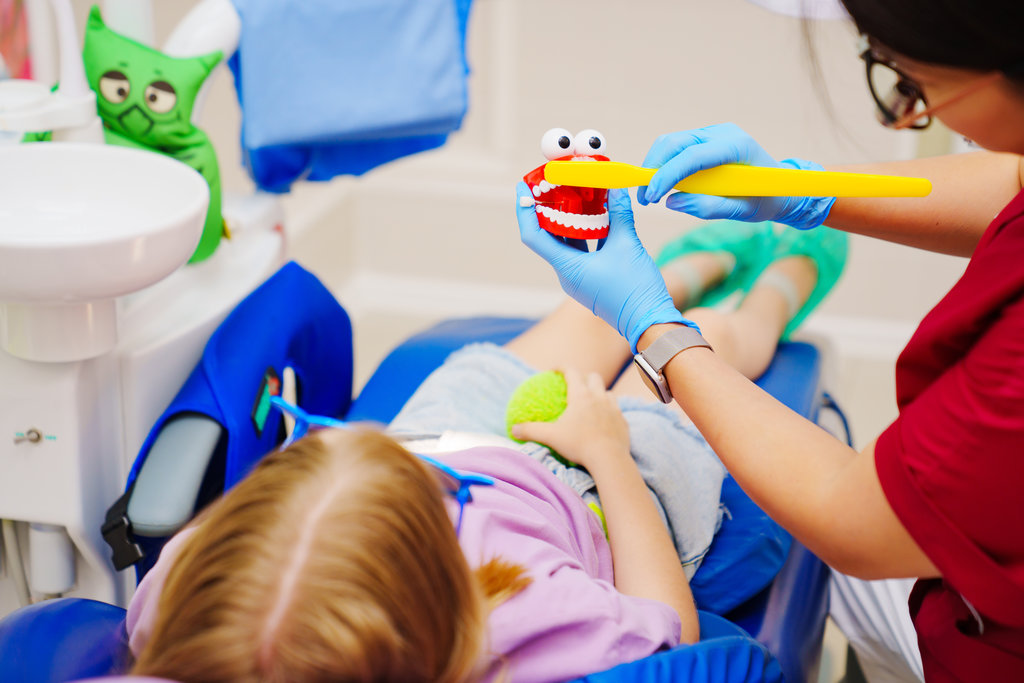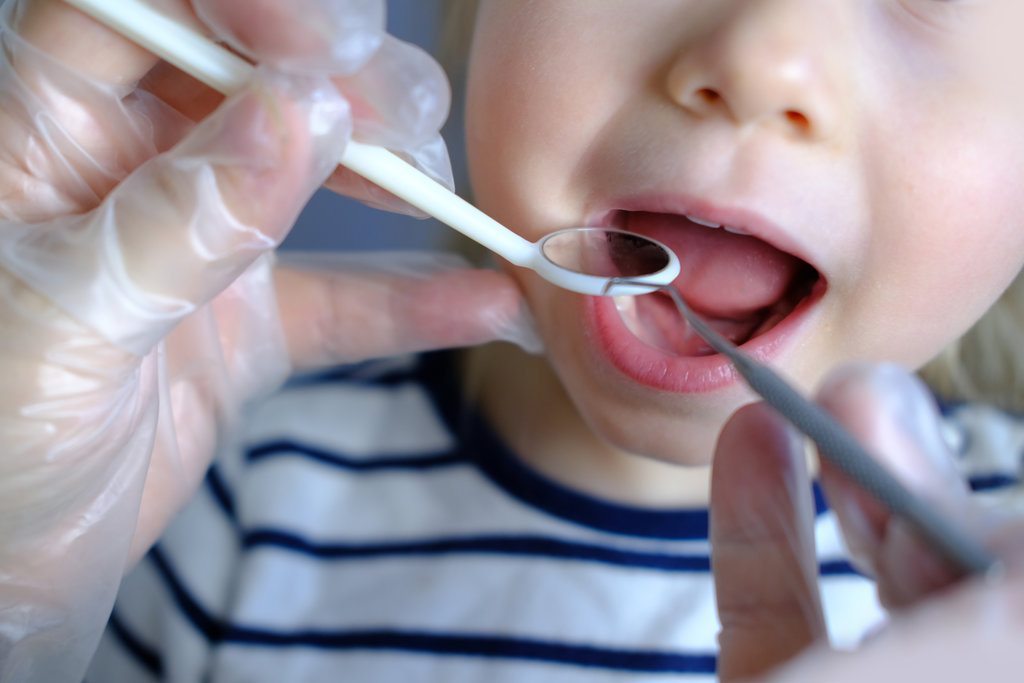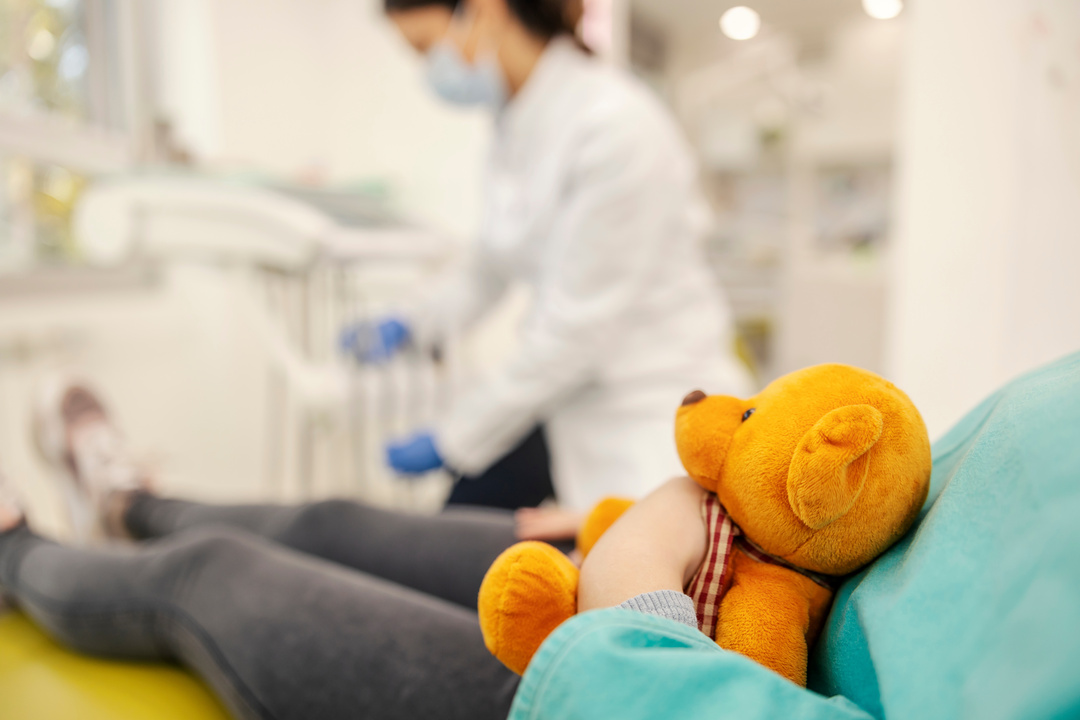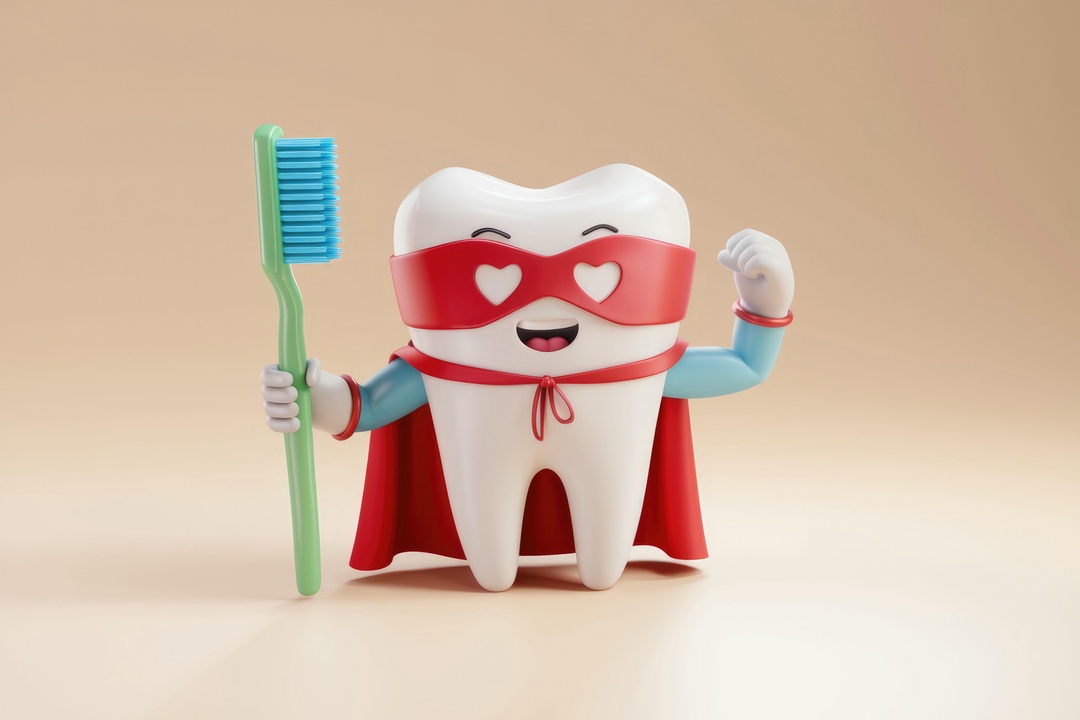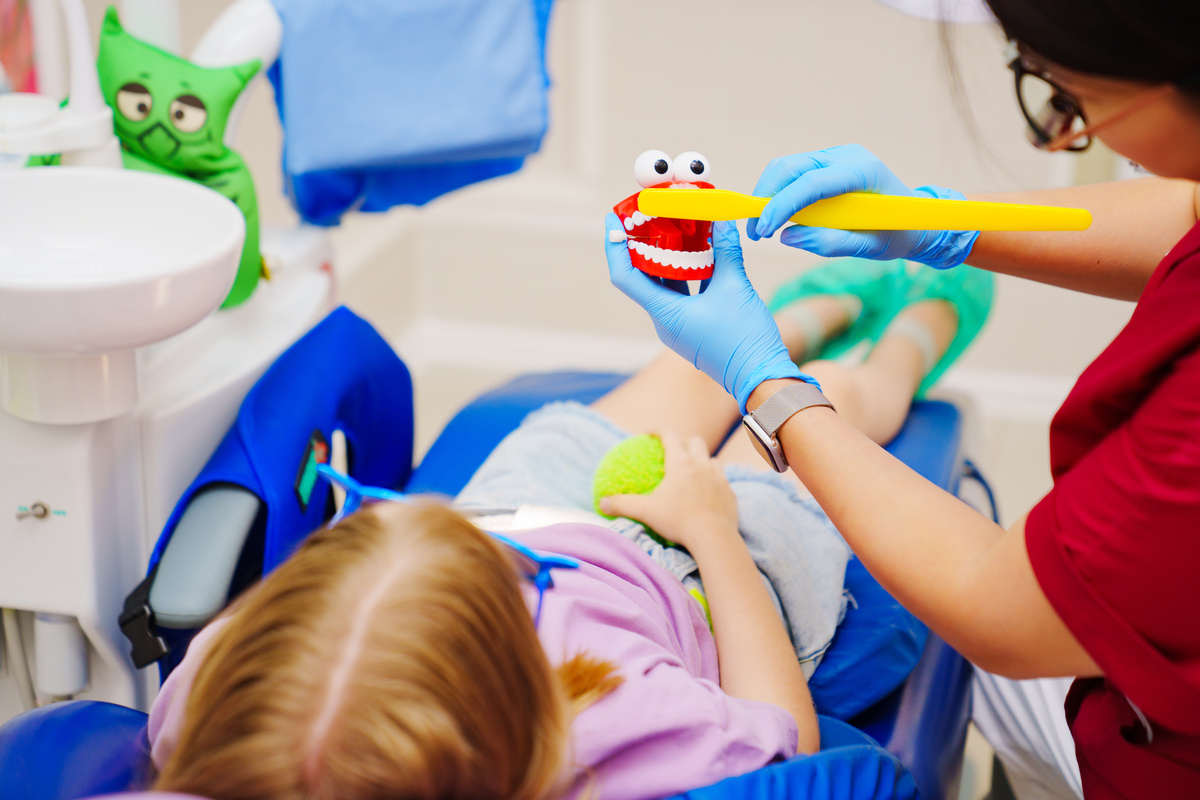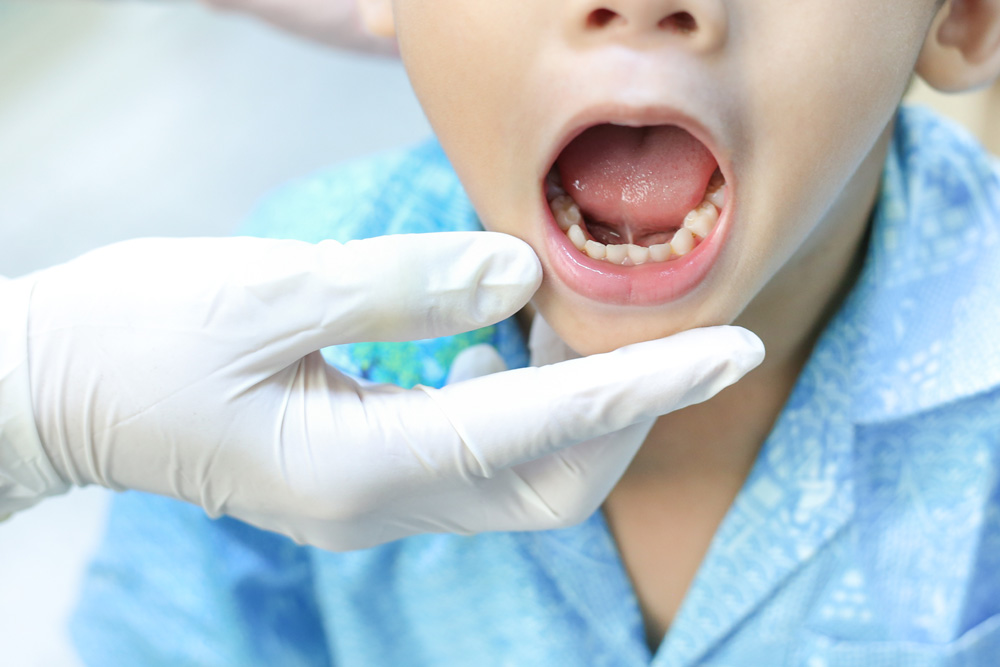Our Blog
Stay informed with pediatric dental tips, child-friendly oral health advice, and the latest updates from our team at All Kids Pediatric Dentistry. From teething guidance to behavior management strategies, our articles are filled with practical insights to make dental visits positive, stress-free experiences. Browse our blog to discover helpful information that supports healthy smiles and builds lifelong dental habits.
Categories




“My 2yo has been going since she was like 6mo I think and they are so awesome! Punctual! Friendly! Easy to work with and schedule with! Send lots of appt reminders! My daughter got her teeth cleaned this morning with their equipment/tools instead of a normal toothbrush and she had so much fun! She watched bluey up above on the tv on the ceiling! Such a great idea!!!”
“We had an excellent experience during our routine visit. Lesly Mato attended to us and she was very sweet and kind to my children. They were satisfied with the service. 100% recommended.”
“My daughter has underlying health conditions that require extra care and caution. The staff are friendly, gentle, and makes my daughter feel completely at ease. The dentist explained the treatment progress clearly and took the time to answer all our questions. The office is always clean and welcoming. Highly recommended!!”
“They were so great! It was my 2 year olds first dentist visit and i thought she’d freak out but she absolutely adored them. She was even asking for her turn she was so excited. They take their time to make you feel and your kids feel comfortable and give you their undivided attention. So glad we found this place!”
Our Convenient Locations
Arrowood
Plaza Midwood
Indian Trail
Our Convenient Locations
We Can’t Wait To Meet You
Please use the form below to schedule your appointment with us. Alternatively, if you prefer, you can schedule through our online chat or by calling or texting the office.
